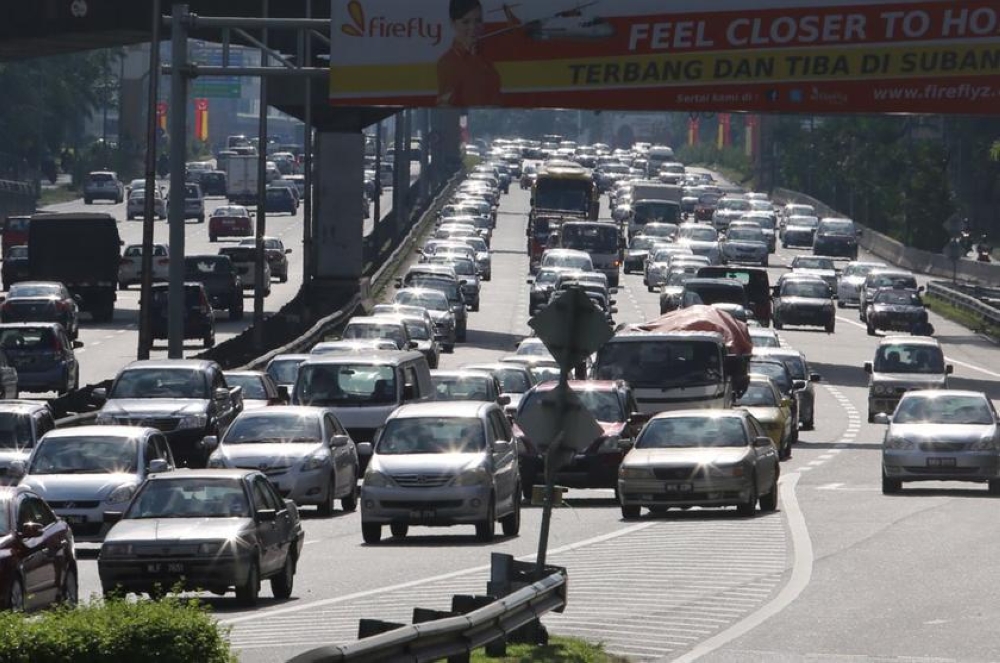JUNE 16 ― The escalating number of road accidents in Malaysia is a pressing concern that demands immediate attention and action. The statistics are alarming: from 2007 to 2019, road accidents surged by an astounding 56.2 per cent, from 363,319 to 567,516. More recently, the Transport Ministry reported 545,588 road accidents in 2022 alone. Despite various government initiatives aimed at curbing this issue, the numbers remain dishearteningly high.
Road accidents have risen to become the fifth leading cause of death in Malaysia, outpacing even diabetes and hypertension. The impact extends beyond the tragic loss of life, wreaking havoc on the healthcare system and imposing a significant economic burden on taxpayers. Yet, these devastating consequences are not inevitable.

Education is a powerful tool that can assist in reducing road accidents in Malaysia. There is an urgent need to enhance the Driver’s Education Curriculum (DEC), but a precise understanding of what changes are required is lacking.
In Bait Al Amanah's recently published policy brief, “A Holistic Revamp of the Driver's Education Curriculum,” I have outlined three critical recommendations for the government's consideration:
1. Expressway training
With over 2,000km of expressway networks, Malaysia boasts one of the most extensive networks in Southeast Asia. Many Malaysians, particularly those in the Klang Valley, travel on these expressways daily. Yet, strikingly, the DEC does not incorporate a module on expressway training. My proposal calls for obligatory expressway training for new learners, including a certain number of hours of real-world driving experience under the supervision of a driving instructor.
2. Lane-splitting and filtering: Training and legislation
Lane-splitting and filtering are commonplace practices in Malaysia due to significant motorcycle ridership. While these practices can contribute to improved traffic flow and enhanced motorcyclist safety, they also require careful regulation and education. Given their widespread use, it is essential to include them in traffic legislation and the DEC. This approach will clarify when and where motorcycles can lane split, reducing potential confusion and conflict in the event of an accident.
3. Hazard Perception Module
Malaysian roads can be hazardous due to poor road conditions, unpredictable drivers, and extreme weather. Therefore, I propose the introduction of a Hazard Perception Module (HPM) as a compulsory part of the computer test for new learners. The HPM, based on the United Kingdom's methodology, will include 14 video clips featuring real-world driving scenarios. New learners must identify developing hazards in these clips to pass the module and proceed to practical lessons.
By modernising the Driver's Education Curriculum with improved modules and knowledge, Malaysia can underscore its dedication to fostering safer roads for all. This will not only bolster the nation's road safety statistics but also elevate its standing as a forward-thinking and responsible country. In the long haul, this allegiance to road safety can yield social and economic advantages for Malaysia. By adopting education as a possible remedy, the government can arrest the surge of escalating accidents and fatalities ― guaranteeing fewer lives are sacrificed on the highways.
* Karisma Putera Abd Rahman is a Research & Advocacy analyst at Bait Al Amanah.
** Bait Al Amanah is an independent and neutral research institute that holds the responsibility of conducting studies and research to provide valuable and in-depth insights regarding governance and democracy, economics, security, and issues of national importance.
*** This is the personal opinion of the writer or publication and does not necessarily represent the views of Malay Mail.





















